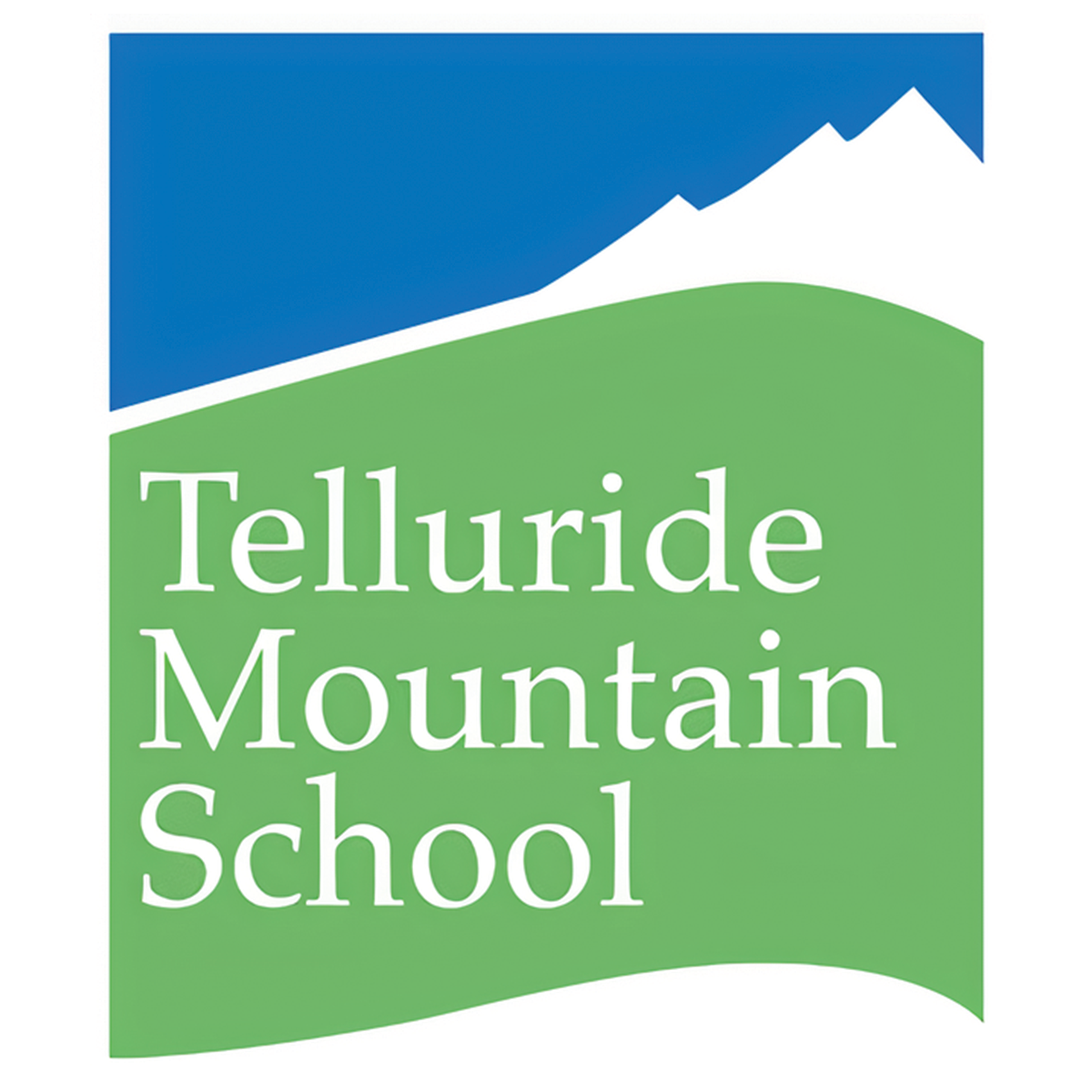Effective English teachers are continually debating the required reading in a school’s curriculum. They ask: Where do classics fit in our curriculum? How do we include contemporary works? How do we honor choice? Whose experience does our reading list reflect?
These are the conversations we engage in at the Mountain School. We believe that our students should be familiar with a diverse selection of Great Works — that of F. Scott Fitzgerald, Harper Lee, Zora Neal Hurston, Ernest Hemmingway, John Steinbeck, Toni Morrison, Jack London, Salman Rushdi, and Haruki Murakami.
However, we also believe that literature should act as mirrors, bridges, and windows for students to see themselves, connect to others, and gain exposure to experiences different from their own. It should reflect the world– past, present, and future; and, It should reflect experiences of people, and struggles familiar to us and foreign.
Thus, as English teachers, our task becomes exposing students to a collection of literary works that represent the old canon and the new, that is timeless and flexible, and that is challenging and engaging.
Never has this challenge been more consequential than in 2020. Schools and classrooms could not ignore unprecedented events such as the global pandemic, the Black Lives Matter Movement, or the Insurrection at the Capitol. Nor could they ignore issues of institutional racism, social justice, and polarizing politics.
At Telluride Mountain School, we see literature as one of many places we help students relate to, connect to, and discuss difficult current events. Thus, this year, upon reflecting on our canon, we have made space for the contemporary voices of Jason Reynolds, Brendan Kiely, Elizabeth Acevedo, Ibi Zoboi, Ibram X Kendi, and Nic Stone, as well as issues of police brutality, racial profiling, hate speech, and source credibility.
In one such unit, the 9th grade English class used the text All American Boys by Brendan Kiely and Jason Reynolds (Simon & Schuster, 2015) as a launching point to reflect on their own racial identities and experiences. They were posed with an initially foreign and confusing question: What does it mean to be white in America?
For the unit to be successful, students needed opportunities to connect with the text authentically. So, they took ownership in selecting the compelling passages and scenes they wanted to discuss. They then explored these sections further through “dialectic” journal entries, a writing method that mirrors a dialogue between teacher and student and facilitates the student’s exploration of the characters and themes in the context of the novel as well as their connections to other works, their lives, and current events.
Throughout the unit, we returned to two essential questions:
- What problems of race and identity do the authors illustrate through the characters, events, choices, and issues in the text?
- What is the authors’ message about how we can address these problems in America?
By addressing these questions, at the unit’s end, students were willing and able to answer the question that initially stymied them: What does it mean to be white in America?
Students explored artist Whitney Dow’s Whiteness Project, an interactive investigation of how Americans who identify as white, or partially white, understand and experience their race in America. This project was funded by POV, Tribeca Film Institute, and the MacArthur Foundation. To view it, go to thewhitenessproject.org.
Students created and filmed their responses to the same question to create our own Mountain School Whiteness Project. Students were authentic and honest in their responses. They shared their experiences, their questions, their discomfort, and their naivety. They also shared their gratitude for the opportunity to engage in these conversations and reflections.
Like us (their teachers), they realize this discussion and this moment in time is neither the beginning nor end of this work and that the work must continue. They’re committed, and so are we.

